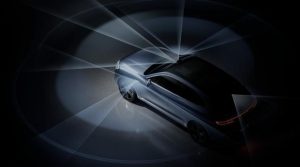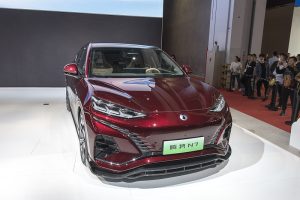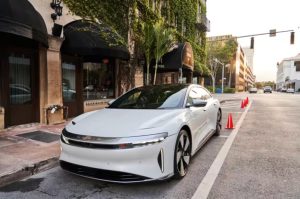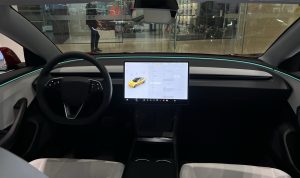Autonomous Driving Should be Put Back in the Cage
6 min read
“Autonomous driving is not suitable for today.”
On August 11th, in the most conservative region of the United States, California, a hearing was held to discuss the legality of allowing self-driving taxis on the roads. After a debate that lasted for six hours, supporters of autonomous driving emerged victorious with an overwhelming 3:1 vote in their favor.
Cruise CEO Kyle Vogt, present at the hearing, announced that in the next six months, they will deploy thousands of Level 4 autonomous driving-enabled taxis in San Francisco, offering 24/7 service to local residents.

(Source: Cruise)
However, just a week after lifting the ban on self-driving taxis, the California Department of Motor Vehicles had a change of heart and immediately issued strict regulations on self-driving taxis. In just one week, what exactly did the self-driving taxis do to infuriate the California Department of Motor Vehicles so much?
In the span of a week, self-driving vehicles drove California residents to the brink of frustration.
In their initial efforts to persuade the California government to allow self-driving taxis on the roads, Cruise presented a wealth of data demonstrating that autonomous driving is safer than human driving. However…

Cruise’s self-driving taxis hit the roads in California for just one week, and already several accidents have occurred. Let’s take a look at a few typical cases.
Firstly, last Thursday night at around 10 PM, a Cruise self-driving taxi had a close encounter with a fire truck at an intersection. The good news is that the accident wasn’t severe; thanks to the protection of airbags, the passengers didn’t sustain serious injuries and were promptly taken to the hospital.
Cruise’s explanation for this incident was that the vehicle had detected and recognized the fire truck and initiated braking measures. However, due to the vehicle’s positioning at the intersection, the accident couldn’t be avoided.

Alright, I understand your point. Now, how about this one?
On the same day, a Cruise self-driving taxi plunged into a road under construction, getting firmly stuck in the cement. AI, after all, isn’t human and can’t discern whether the cement is wet or dry. However, the responsibility still seems to fall on the taxi company.
Of course, the primary responsibility should lie with the road authorities and the construction company for not placing proper barriers at the construction site. The taxi company’s responsibility comes from not having collected data on the road construction in their maps.
If they are determined to develop self-driving technology, they shouldn’t overlook such aspects.
Cruise’s biggest issue arose last Friday when ten of their vehicles suddenly stalled at an intersection, causing a traffic jam that lasted for more than 20 minutes. Cruise’s explanation was that there was a local music festival disrupting the signals for their self-driving taxis, causing the vehicles to lose data.
This situation is even more baffling. Are cars supposed to be connected to the internet at all times? What about when they go through tunnels?

On August 18th, the California Department of Motor Vehicles, unable to tolerate the situation any longer, issued an order that Cruise, operating in the San Francisco area, could have no more than 50 self-driving rideshare vehicles during the day and no more than 150 at night. Furthermore, an investigation has been launched against Cruise, which could potentially result in the revocation of the company’s self-driving rideshare operating license.
Another rideshare company, Waymo, although not revealing as many incidents this time, had faced numerous issues in the past, including the first fatal incident involving a pedestrian hit by a self-driving vehicle in 2018, as well as multiple collisions with emergency vehicles.
In just one week, self-driving technology has exposed a plethora of problems, many of which are related to safety. In recent years, many countries around the world have been promoting the commercial use of self-driving technology, but with the multitude of issues arising, how can we feel confident about using self-driving vehicles?
As self-driving technology advances towards the future, there are still many obstacles to overcome. Vehicles traveling at speeds of tens to hundreds of kilometers per hour on the road pose a significant safety concern that naturally grabs our attention.
To achieve self-driving capabilities, two main steps are involved: first, collecting data through sensors, and second, processing the data through chips and issuing commands. From a safety perspective, more sensors and more accurate data collection are desirable. However, a large number of high-precision sensors can put significant pressure on the chips, not to mention the cost issues.
Companies like Intel, NVIDIA, and Qualcomm have entered the automotive industry and are developing high-performance chips. NVIDIA’s Thor chip, for example, boasts a computing power of up to 2000 trillion operations per second (TOPS).

(Image source: NVIDIA)
In terms of radar technology, ultrasonic and millimeter-wave radars are more common and are equipped in some vehicles costing less than 150,000 yuan. Lidar technology, with its higher cost, is currently only available in some mid to high-end vehicle models. Companies like Huawei and Hesai in China are researching ways to reduce the cost of lidar technology, aiming to make it accessible for lower-end vehicle models as well.
However, there are also some automakers who believe that radar technology is unnecessary, asserting that purely visual solutions are sufficient for achieving autonomous driving. They argue that humans rely on just two eyes for vision, without the need for radar. For example, Tesla is set to release a new version of the Model 3 without any radar technology. Yet, the complexity of the human body far surpasses that of any machine or AI. The brain’s ability to process information is unmatched by computers, and human perception goes beyond just visual input, involving various senses such as hearing and touch.

(Image source: Tesla)
Moreover, no car manufacturer uses a purely radar-based approach. They either opt for a pure visual solution or a fusion of cameras and radar for perception. A pure visual solution places high demands on algorithms. Even with a radar-equipped autonomous driving system, safety cannot be guaranteed, let alone with a pure visual approach combined with algorithms. Tesla’s incidents with its Autopilot system are well-known examples.
Some Chinese companies in the industry have recognized that relying solely on sensors, regardless of how advanced the algorithms are, currently cannot achieve Level 5 autonomous driving. As a result, these companies have introduced solutions like high-definition maps and vehicle-to-infrastructure communication. High-definition maps require continuous road data mapping, accurate to centimeters, which reduces the real-time data collection burden on the onboard chips.
Vehicle-to-infrastructure communication involves placing additional cameras in areas with complex road conditions and heavy traffic, gathering information that cameras and radar might not detect, and then sending this information to vehicles to enhance driving safety.
However, regardless of the approach, a significant issue arises: cost. The reason Tesla’s Model 3 is eliminating radar technology is to lower costs. Both vehicle-to-infrastructure communication and high-definition mapping require ongoing refinement, time, and substantial resources, making nationwide coverage difficult to achieve in the short term.
While the future of autonomous driving is promising, it cannot yet dominate the automotive industry today.
Autonomous Driving: Time to Rein It In
Judging from online promotions, it might seem that autonomous driving is already mature, waiting only for regulatory approval to be immediately deployed. In reality, commercializing autonomous driving today often involves using a portion of consumers as experimental subjects.
As for whether autonomous driving should be opened up for commercial use now, it’s important to proceed cautiously rather than rushing forward. Many automakers have already introduced advanced driver assistance systems, such as Huawei’s ADS and XPeng’s XNGP, both performing quite well.
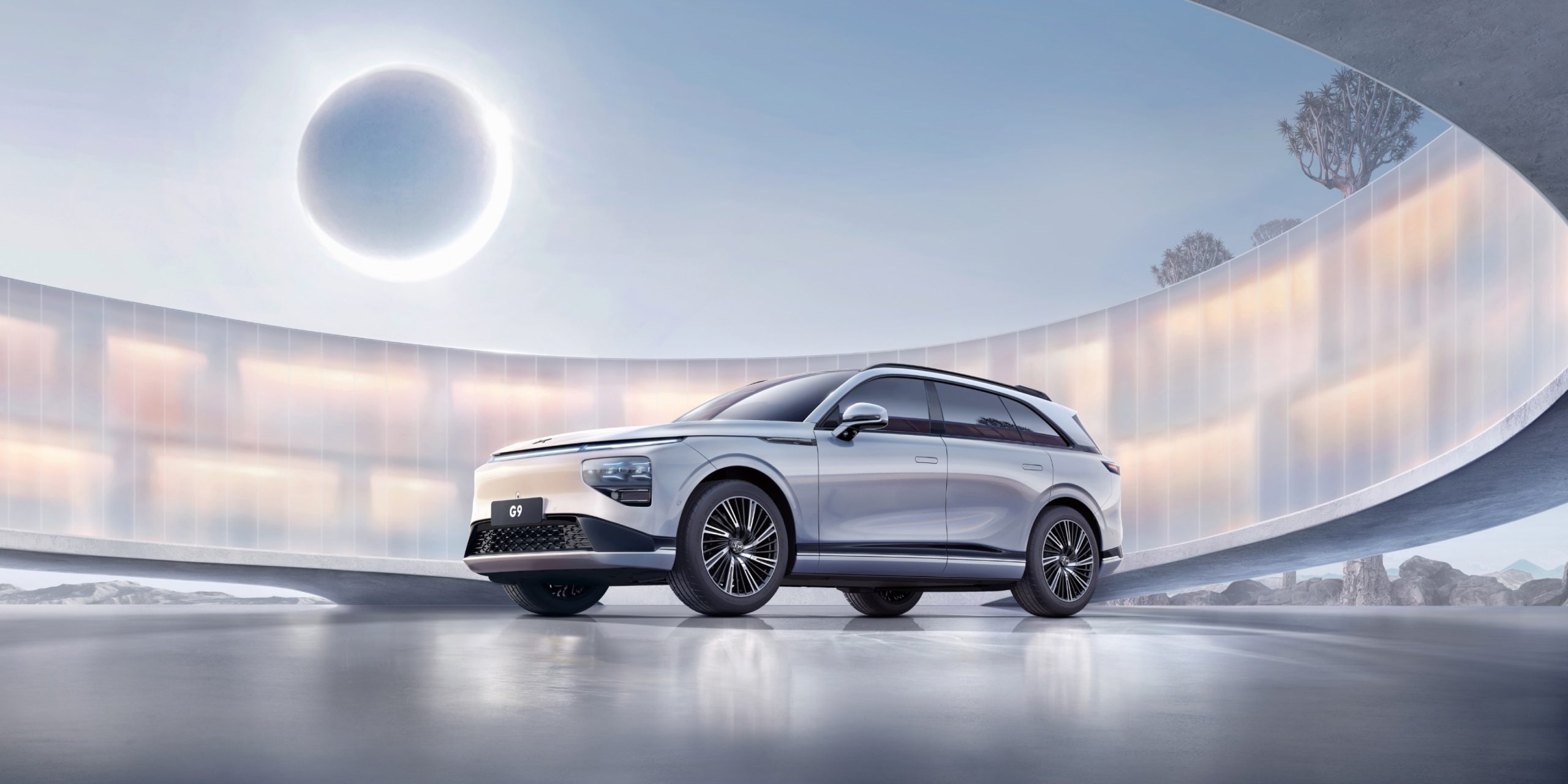
Indeed, compared to the potentially overstated claims of full autonomous driving, advanced driver assistance systems (ADAS) might be the features that consumers should focus on today. While the future of fully autonomous driving holds promise, it’s perhaps best for it to be kept in check for now. After all, every individual’s life is valuable, and they shouldn’t become experimental subjects for autonomous driving companies or car manufacturers.

